Free Weights or Machines- Which Should I Choose?
Research continues to demonstrate the importance of resistance training for quality of life and overall health. It improves your bone density and strength, slowing bone and muscle loss that occurs as we age. Resistance training promotes posture, flexibility, balance and coordination. Improves cognition, mood, joint function, cardiovascular and mental health. Facilitates weight management and reduces the risk of injury and chronic disease.
So, resistance training is important, but what is the best type of resistance training? Is there an advantage to free weights compared to machines? Should you choose cables or body weight training?
With resistance training, your body responds to the load by creating hypertrophy of muscle and bone. There are advantages to each of the different types of resistance training. Let’s look at each.
Free weights include using dumbbells, kettlebells, barbells, plate weights, and weighted balls. Free weights can be moved against gravity in all planes of motion, allowing the movement to be individualized to your unique movement pattern. Free weights engage more muscles, including stabilizers, to control the weight during exercise, leading to greater functional strength and improved balance and coordination.
Free weight exercises better mimic real-life movement patterns, such as squats and lunges, compared to the fixed movements of weight machines. Free weights often require core engagement for stability and balance, strengthening the core muscles, improving posture and leading to greater overall muscle activation.
The downside to this freedom of movement is the target muscle for the lift may not be maximally trained if it is limited by weakness in stabilizing muscles. You get a more global and functional use of the muscles of your body, but the target muscles are not trained maximally using free weights until the stabilizing muscles are strong enough to maintain the load.
Weight machines provide a fixed path of movement and can be easier for beginners to use as they offer more stability than free weights. Weight machines also allow you to isolate and maximally stress the targeted muscles. There are no coordination or stability demands, thus you are able to push harder and lift heavier loads thanks to the external support of the machine.
On the other side of the same coin, the stability offered by the weight machine limits the muscles you use during a lift, ignoring the core and stabilizers. The fixed path of movement of weight machines forces your body to adapt within the confines of motion of the machine. If your body does not have the strength or mobility necessary to compensate along the plane of motion directed by the machine, injury can occur.
Cable machines can be seen as a hybrid of free weights and weight machines. Cable machines offer more stability than free weights, however provide more freedom of movement than traditional weight machines. This allows you to stimulate your stabilizing muscles through a more complete range of motion, similar to that found in free weights. Cable column machines have the greatest versatility, as resistance can come from multiple planes of motion and different angles more easily than free weights which oppose gravity. Cable machines provide a consistent load to stress the muscle equally throughout the entire range of motion, where free weight resistance can fluctuate if you move outside of the vertical plane of gravity.
The good news is that all forms of resistance training will stimulate muscle hypertrophy when performed consistently. Whether you like to crush the free weights, enjoy the creativity and adaptability of cables, or would rather isolate specific muscles with machines, consistent muscle loading is the key.
Resistance training is an essential component to your overall health and wellbeing. So stay strong and make resistance training part of your routine!
